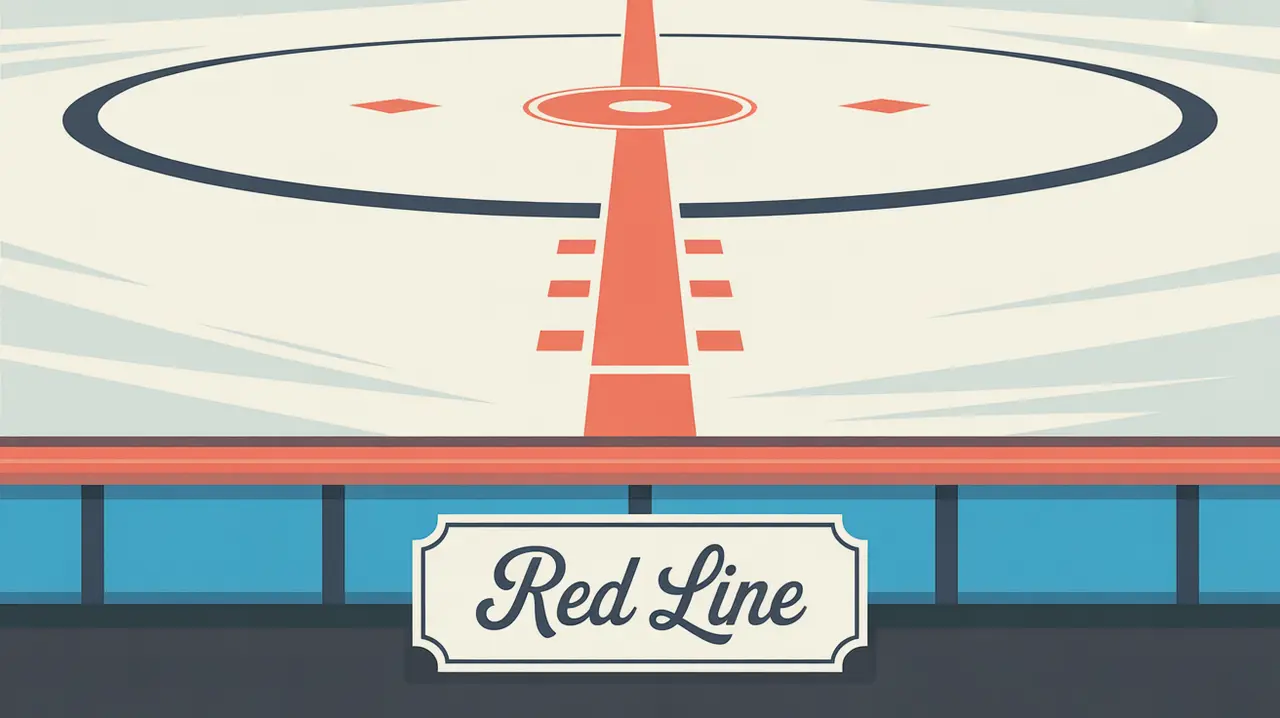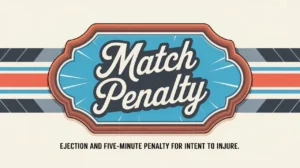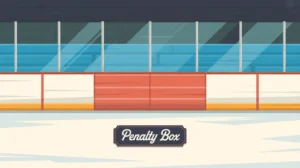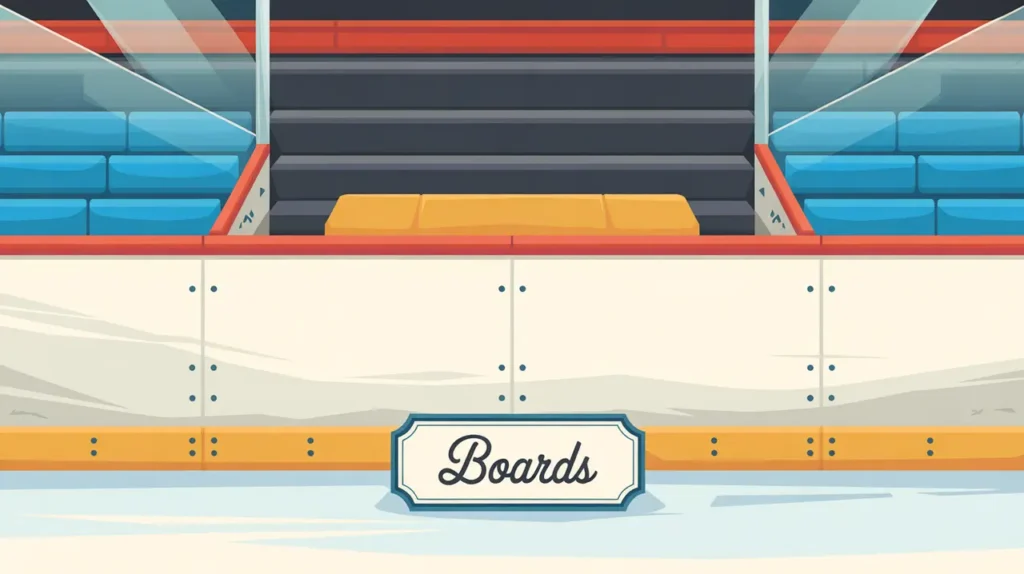Jim’s Intro to the Red Line
Hi folks, Jim here, the only commentator who thought the red line was there to keep agreeable and disagreeable fans separate.
What is the red line?
The red line runs straight across the middle of the rink, dividing it into two halves. It serves as the center-ice faceoff line and is a crucial reference point for icing rules, line changes, and long-distance passes. While it doesn’t define zones like the blue lines, it plays a quiet but pivotal role in how teams manage puck movement and game flow.
How does it work?
The red line governs several key mechanics of the game.
- Icing Rule: Teams cannot shoot the puck across both the center red line and the opposing goal line without it being touched. Doing so results in icing, stopping play and bringing the faceoff back.
- Center-Ice Faceoff: Every period starts here, and every goal brings the puck back to center ice.
- Stretch Passes: Long passes must cross the red line legally to avoid icing, so teams often bank or chip pucks off the boards near center.
- Line Changes: Teams use the red line as a guide for timing safe changes, especially on the fly.
- Mid-Ice Strategy: The red line acts as a pivot point for quick transitions, dump-ins, or regrouping plays.
It might seem like just a stripe, but it’s the heartbeat of puck movement across the rink.
How do you make good decisions with it?
Smart red line decisions revolve around timing, awareness, and puck placement.
- Avoid Icing: Make sure the puck crosses the red line before dumping it deep.
- Controlled Zone Entries: Use the red line to time passes and carry-ins effectively.
- Stretch Plays: Hit forwards in stride just past the red line to bypass icing and create fast breaks.
- Safe Line Changes: Dumping the puck in after the red line gives teammates time to change without risking turnovers.
- Faceoff Awareness: Be ready at center ice for quick set plays after goals.
How do you master it?
Mastering the red line is about game sense. Players learn to recognize when to chip versus carry, how to use the line to set up clean breakouts, and how to avoid lazy icing that kills momentum. Coaches often emphasize red line decisions as part of situational hockey, especially for defensemen under pressure.
What does it look like when done right?
Clean red line play looks sharp and intentional. Teams dump the puck at the perfect moment to maintain offensive pressure, stretch passes connect without stoppages, and line changes happen smoothly without chaos. There’s a rhythm to how skilled teams use the red line to keep the game flowing.
Commentator’s Corner
Jim’s Take
I’ve seen too many players dump the puck a foot early and turn a great breakout into an icing call. The red line isn’t a suggestion. It’s a deadline.
Parent Tip
Help younger players understand icing and why the red line matters. Learning this early avoids a lot of frustrating whistles.
Player Tip
Make the red line part of your mental map. Know where you are at all times so you can make smart plays under pressure.
A Final Thought
The red line might not get the spotlight, but it keeps the game honest. Use it wisely, and you control tempo, possession, and flow in the most unassuming part of the rink.









